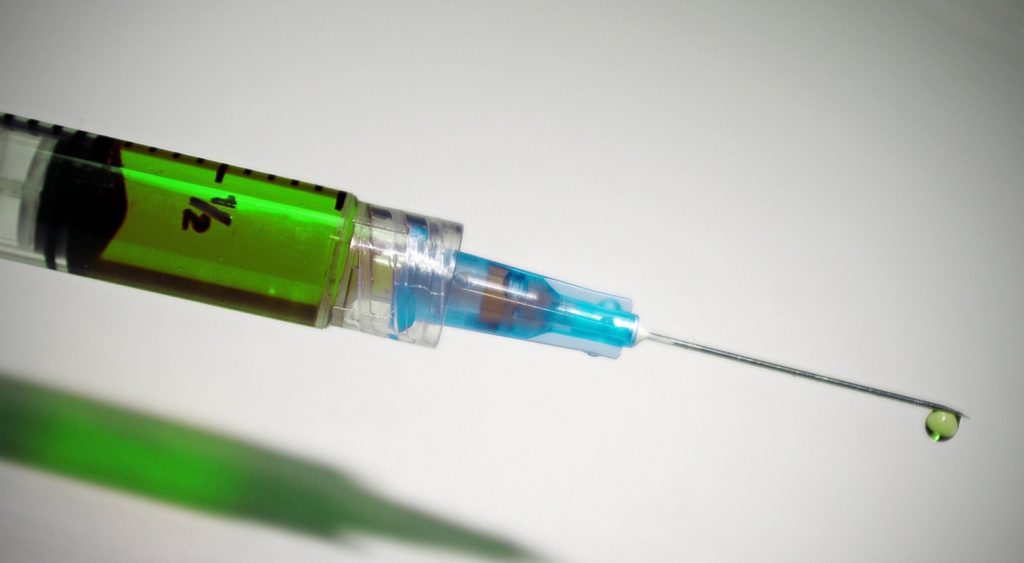
French researchers have created a new drug delivery system, which, according to recent research, could reduce the dosing frequency of semaglutide, a drug used for type 2 diabetes and weight control, to just once a month. This research will be presented at this year’s annual meeting of The European Association for the Study of Diabetes (EASD) in Madrid (9-13 Sept).
“GLP-1 drugs have revolutionized type 2 diabetes care. However, the need for weekly injections can be burdensome for patients. A once-a-month injection could significantly improve the treatment experience for people with diabetes or obesity, making it easier to stick to their medication regimens. This could lead to an improved quality of life, reduced side effects, and fewer diabetes-related complications,” stated Dr. Claire Mégret, the lead author from ADOCIA, a biotechnology company based in Lyon, France, that developed the hydrogel.
Semaglutide functions by imitating the hormone glucagon-like peptide 1 (GLP-1). It is currently authorized for treating type 2 diabetes patients with insufficient glycemic control and long-term weight management.
Clinical studies indicate that adherence to injected semaglutide is between 39% and 67% for type 2 diabetes patients at one year [1a], and 40% for patients using the drug for weight loss [1b]. Similarly, adherence to daily oral pill formulations is approximately 40% at one year [2].
Long-acting delivery formulations could enhance drug effectiveness and safety by maintaining consistent drug levels in the body at optimal concentrations.
The new hydrogel delivery platform utilizes two innovative degradable polymers that are chemically linked to each other to create a gel. This gel enables a slow, sustained release of soluble peptides over a period of 1 to 3 months.
“A small amount of gel, called a ‘depot,’ containing semaglutide is injected under the skin,” explained Dr. Mégret. “The goal is to create the gel in a way that traps the peptides to prevent an initial burst (early release) of semaglutide molecules, while also allowing for controlled and smooth release of the gel over the course of one month without producing toxic molecules.”
Several hydrogel formulations were tested in vitro to investigate drug release rate, duration of action, and semaglutide load to determine the most suitable candidate.
The researchers found that the hydrogel could be easily injected using an off-the-shelf needle. Additionally, the gel started forming within minutes of mixing, ensuring sufficient time for the injection while minimising spread at the injection site. Thus, the depot is small enough to be comfortable and inconspicuous.
In vitro drug release assessments for all formulations demonstrated extended and constant release rates over a period of 1 to 3 months. The researchers also noted that the release duration could be adjusted by optimizing the hydrogel properties and loading.
The hydrogel-semaglutide formulation was also tested on six laboratory rats. After a single injection of the hydrogel-based therapy, the rats showed limited burst (early release) and regular release over a one-month period.
Importantly, the hydrogel was well tolerated, with no inflammatory reaction over the treatment period.
“Our preclinical results show that it is possible to achieve regular, slow release of semaglutide over one month after a single dose, with limited early release. Next, we will test the hydrogel platform in pigs, as their skin and endocrine systems are most similar to humans. If the pig testing goes well, we will move forward with platform development and expect to begin clinical trials within the next few years,” stated Dr. Mégret.